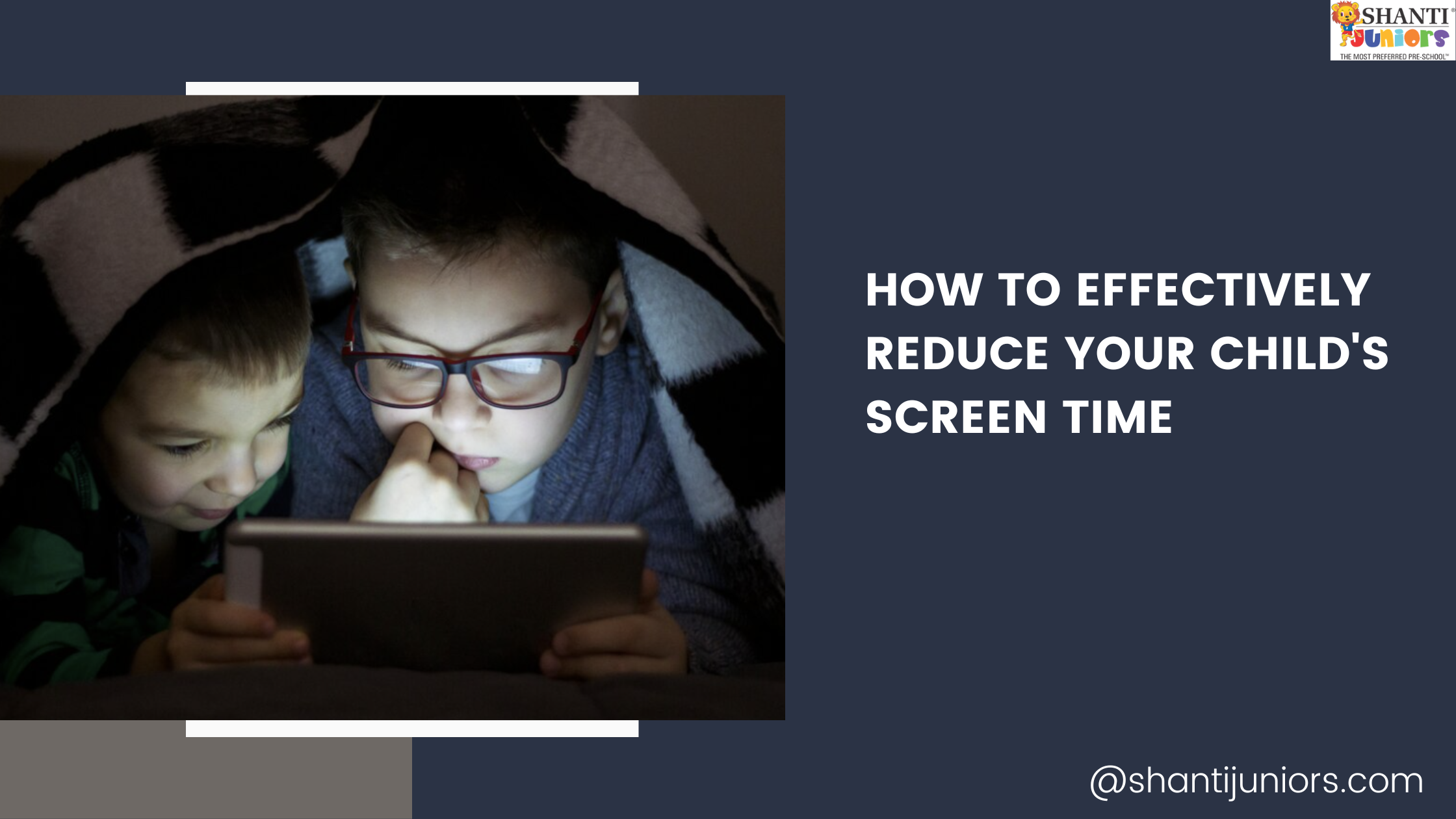

In today's digital age, it's no surprise that children are spending more time in front of screens than ever before. While technology can be beneficial in moderation, excessive screen time can have adverse effects on your child's physical and mental well-being. If you're concerned about your child's screen time habits, this blog will provide you with practical strategies to effectively reduce their screen time and promote a healthier balance in their daily life.
In today's digital age, it's no surprise that children are spending more time in front of screens than ever before. While technology can be beneficial in moderation, excessive screen time can have adverse effects on your child's physical and mental well-being. If you're concerned about your child's screen time habits, this blog will provide you with practical strategies to effectively reduce their screen time and promote a healthier balance in their daily life.
Excessive screen time can lead to several issues in children, including:
Physical Health Problems: Prolonged screen use can contribute to poor posture, eye strain, and an increased risk of obesity due to sedentary behavior.
Sleep Disturbances: Screen time, especially before bedtime, can disrupt sleep patterns, making it harder for your child to fall asleep and stay asleep.
Decreased Social Interaction: Too much screen time can reduce face-to-face social interactions, hindering the development of essential social skills.
Academic Performance: Excessive screen use may negatively impact academic performance by reducing study time and attention span.
Also Read: Keeping Kids Active and Healthy: A Guide for Parents
Set Clear Boundaries
Establish firm rules regarding screen time limits. Clearly communicate these rules to your child, including when and where screens are allowed and for how long.
Lead by Example
Children often model their behavior after their parents. Demonstrate a balanced approach to screen time by limiting your own screen usage.
Create Screen-Free Zones
Designate specific areas of the house, such as the dining room or bedrooms, as screen-free zones to encourage non-digital activities and family interactions.
Use Screen Time as a Reward
Turn screen time into a reward for completing chores or homework. This encourages responsibility and time management.
Provide Alternatives
Offer a variety of engaging non-screen activities, such as arts and crafts, sports, puzzles, or reading, to keep your child entertained and active.
Establish Screen-Free Times
Implement screen-free periods, such as during meals or an hour before bedtime, to promote better sleep hygiene and family bonding.
Educate About Screen Time Effects
Explain to your child the potential negative consequences of excessive screen time on their health, sleep, and relationships. Make it a collaborative effort to reduce screen use.
Monitor Content
Supervise the content your child consumes online and ensure it is age-appropriate and aligned with your family values.
Use Parental Controls
Utilize parental control software or built-in device settings to limit screen time and filter inappropriate content.
Encourage Outdoor Play
Encourage your child to spend time outdoors by scheduling outdoor activities, playdates, or family outings.
Set a Screen Curfew
Implement a screen curfew, where all devices are turned off at a specific time each evening to promote better sleep.
Remember that reducing screen time is a process that may require time and patience. Be supportive of your child's efforts and provide alternatives that they genuinely enjoy. It's essential to maintain open communication and collaborate with your child to find a balance that works for your family.
Also Read: The Importance of Storytelling in the Classroom
Reducing your child's screen time is a vital step in promoting their overall well-being and ensuring they have a healthy and balanced childhood. By implementing these practical strategies, you can guide your child toward a more balanced use of technology, allowing them to enjoy the benefits of the digital world while also experiencing the richness of the offline world through physical activity, social interactions, and creative play.